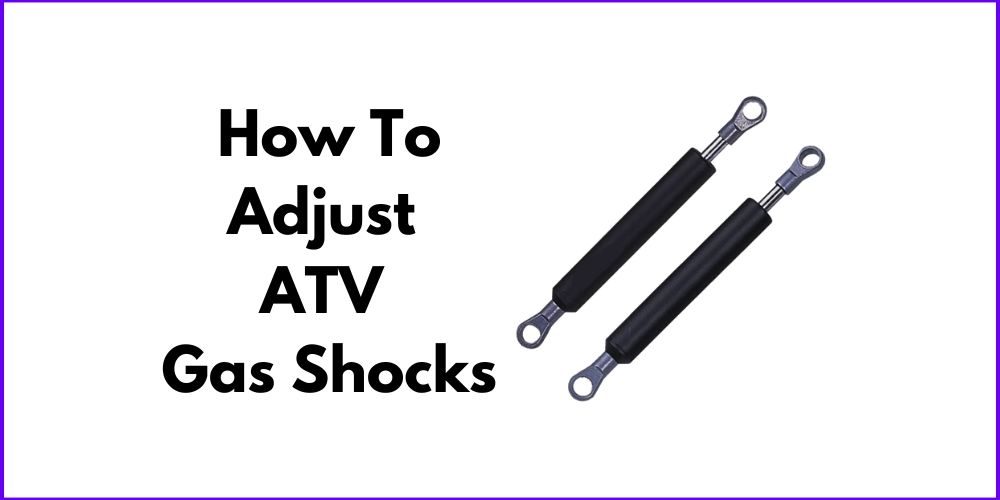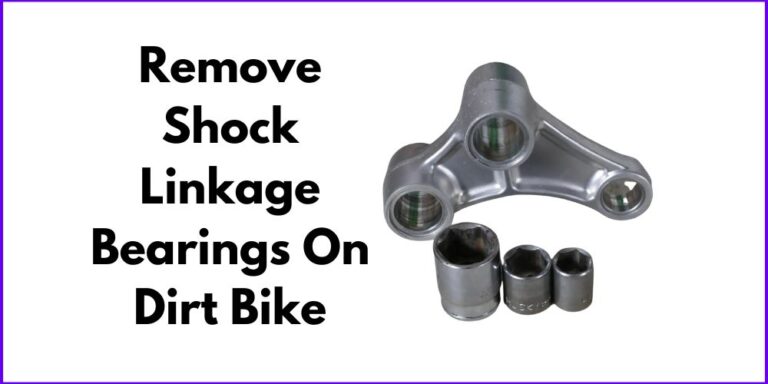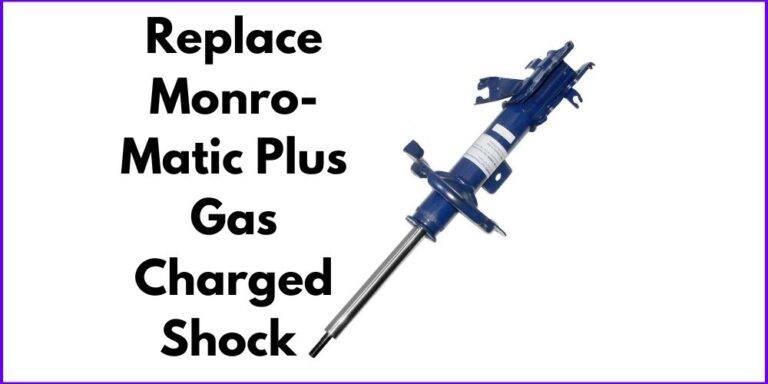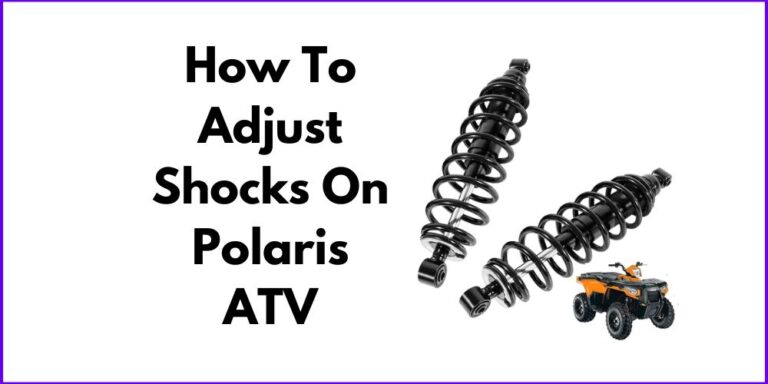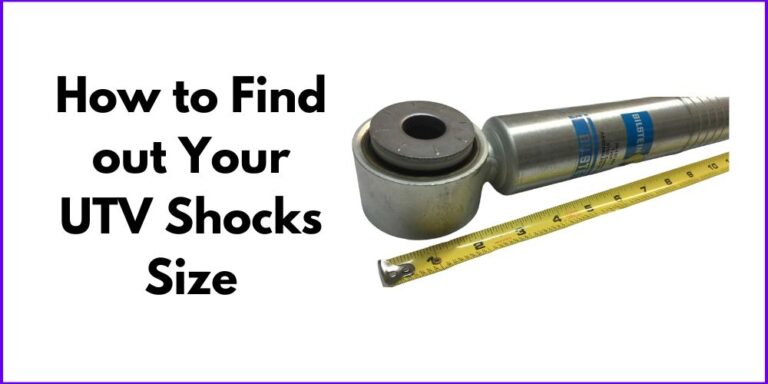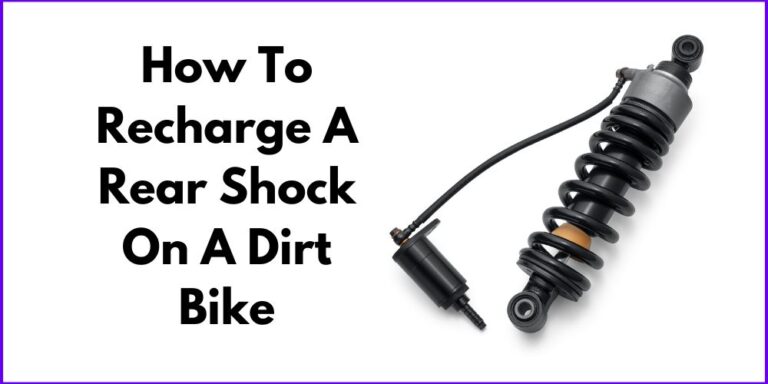Off-road adventures demand a well-performing ATV with reliable shock absorbers. Gas shocks play a crucial role in maintaining stability, control, and rider comfort on rough terrains. Adjusting these shocks is essential for peak performance and a smooth ride. In this blog post, we’ll take you through the step-by-step process of how to adjust ATV gas shocks, equipping you with the skills to optimize your ATV’s suspension system.
So, let’s dive in and explore the fascinating world of ATV gas shocks and discover how to adjust them for optimal performance and rider comfort.
How To Adjust ATV Gas Shocks
ATV gas shocks are vital for optimal performance and comfort during off-road adventures. These shocks consist of components such as shock absorbers, springs, and adjustable mechanisms.
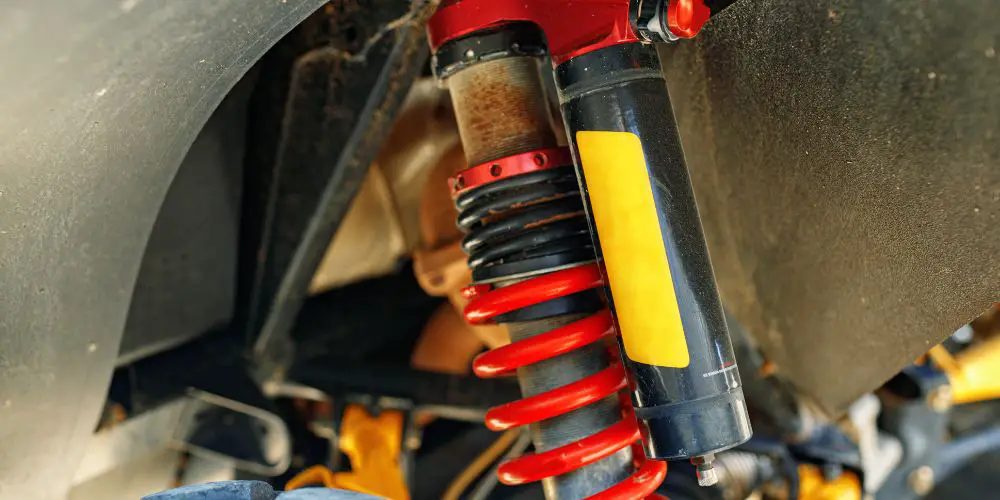
They work by absorbing impact and controlling suspension movement. Regular maintenance and adjustment are crucial to ensure their effectiveness and extend their lifespan.
Adjusting gas shocks allows customization of the suspension setup, enhancing ride quality, stability, and overall ATV performance. Let’s explore the step-by-step process of adjusting ATV gas shocks to unlock the full potential of your off-road adventures.
…But first
Essential Preparations for Adjusting ATV Gas Shocks
Proper preparation is key when it comes to adjusting ATV gas shocks. Before diving into the adjustment process, it’s crucial to gather the necessary tools and equipment to ensure a smooth and efficient experience.
Additionally, understanding the different types of ATV gas shocks and their adjustability options will help you make informed decisions during the adjustment process. Let’s explore these aspects in detail.
1. Necessary Tools and Equipment for the Adjustment Process: To successfully adjust your ATV gas shocks, here are the essential tools and equipment you will need:
i. Socket Wrench Set: A socket wrench set with various socket sizes will allow you to remove and adjust the shock components effectively.
ii. Allen Wrenches: These wrenches, available in different sizes, are necessary for adjusting specific components of the shocks.
iii. Spanner Wrench: A spanner wrench is typically used to adjust the preload on the shocks. It helps in rotating the spring collars or locking rings.
iv. Suspension Pump: A suspension pump with a pressure gauge is essential for adjusting the nitrogen pressure in gas shocks accurately. This tool ensures precise adjustments and proper functioning of the shocks.
v. Safety Equipment: Don’t forget to wear safety goggles, gloves, and protective clothing to ensure your well-being during the adjustment process.
2. Identifying the Different Types of ATV Gas Shocks and Their Adjustability Options: ATV gas shocks come in various types, each offering different adjustability options. Here are the common types of ATV gas shocks:
i. Preload Adjustable Shocks: These shocks allow you to adjust the spring preload to fine-tune the suspension. By increasing or decreasing the preload, you can alter the ride height and sag of the ATV.
ii. Compression Adjustable Shocks: Some shocks offer compression adjustment capabilities, allowing you to control the rate at which the suspension compresses. Adjusting the compression damping affects the shock’s response to impacts and influences the overall ride comfort.
iii. Rebound Adjustable Shocks: Rebound adjustment enables you to control how quickly the shock extends after compression. By adjusting the rebound damping, you can optimize the ATV’s stability, handling, and traction on different terrains.
It’s important to note that not all shocks may have all these adjustability options. The availability of adjustments depends on the specific shocks installed on your ATV. Refer to the manufacturer’s documentation or consult an expert to identify the adjustability options of your shocks.
Step-by-Step Guide to Adjusting ATV Gas Shocks
Now that you have all the necessary tools and safety precautions in place, let’s explore the step-by-step process of adjusting ATV gas shocks:
Step 1. Park the ATV on a flat surface and engage the parking brake: Ensure that your ATV is parked on a level surface and engage the parking brake. This will prevent the vehicle from rolling or moving during the adjustment process.
Step 2. Identifying the location of the shocks on the ATV: Locate the shocks on your ATV. They are usually positioned near the front and rear wheels. Familiarize yourself with the shock’s location to facilitate easy access during the adjustment process.
Step 3. Determining the current shock settings and assessing the need for adjustment: Take note of the current settings on your shocks. Some shocks may have markings or indicators to help you determine the current preload, compression, and rebound damping settings. Assess the performance of your ATV and identify any areas that require improvement or adjustment.
Step 4. Adjusting the preload on the shocks: The preload setting determines the initial compression of the shock spring. To adjust the preload, use the appropriate tool to turn the preload adjustment collar or lock ring on the shock. Clockwise rotation typically increases preload, while counterclockwise rotation decreases it. Follow the manufacturer’s recommendations or your personal preferences when making adjustments.
Step 5. Adjusting the compression and rebound damping settings, if applicable: Some shocks feature additional adjustment options for compression and rebound damping. Compression damping controls how the shock absorbs impacts, while rebound damping controls the shock’s extension after compression. Refer to the owner’s manual or manufacturer’s guidelines to understand how to adjust these settings, as it may vary depending on your ATV model.
Step 6. Testing the shocks and making fine adjustments if necessary: Once you have made the initial adjustments, take your ATV for a test ride on a variety of terrains. Pay attention to how the shocks respond and adjust the settings if needed. Fine-tuning the adjustments may require multiple test rides and tweaks to achieve the desired balance between comfort and performance.
By following these steps, you can effectively adjust the gas shocks on your ATV, enhancing its performance and ensuring a more comfortable riding experience. Remember, every ATV is unique, so it’s essential to consult your owner’s manual and exercise caution throughout the adjustment process.
Common Mistakes to Avoid During the Adjustment Process
- Skipping the initial assessment: Before making any adjustments, it’s crucial to assess the current state of your ATV’s shocks. Neglecting this step can lead to improper adjustments and potential damage. Take the time to understand your ATV’s suspension system and identify the areas that require adjustment.
- Making drastic adjustments: It’s essential to remember that small adjustments can have a significant impact on your ATV’s performance. Avoid making large changes all at once, as it can lead to an unbalanced suspension and an uncomfortable ride. Instead, make incremental adjustments and test your ATV after each change to evaluate the effect.
- Overlooking the preload setting: The preload setting determines the initial compression of the shock when the ATV is at rest. Failing to adjust the preload correctly can result in a harsh ride or bottoming out during rough terrain. Take the time to understand how preload affects your ATV’s suspension and make the necessary adjustments based on your weight, riding style, and terrain.
Final Thoughts
In conclusion, adjusting ATV gas shocks is crucial for optimal performance, comfort, and safety during off-road adventures. By taking the time to adjust your shocks, you can fine-tune your ATV’s suspension system to suit your needs.
Remember to avoid common mistakes, make incremental adjustments, and maintain a record of your shock settings for reference. Consult your ATV manufacturer’s guidelines and seek professional assistance if needed.
A well-adjusted suspension system improves handling, stability, and control over various terrains while reducing fatigue and enhancing the overall riding experience.
Take the opportunity to adjust your shocks and unlock your ATV’s full potential. Enjoy the remarkable benefits it brings to your off-road adventures. Safe riding!

